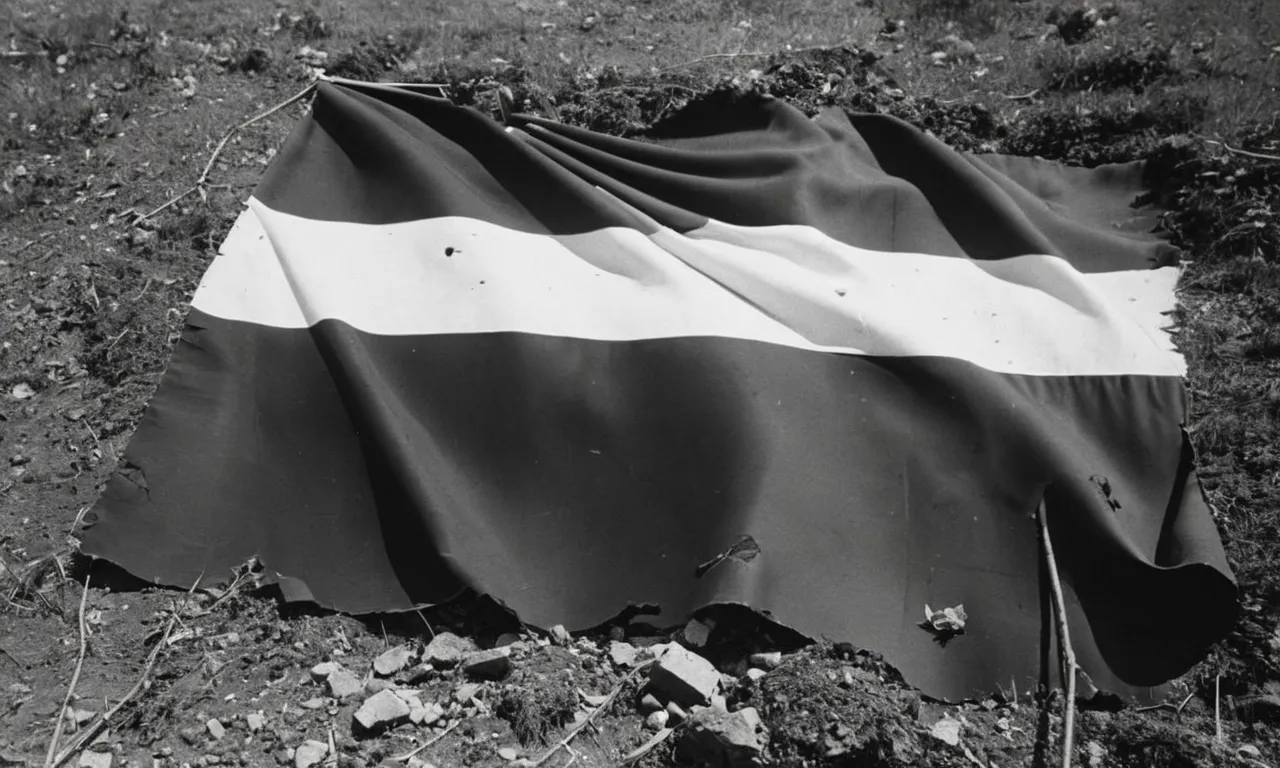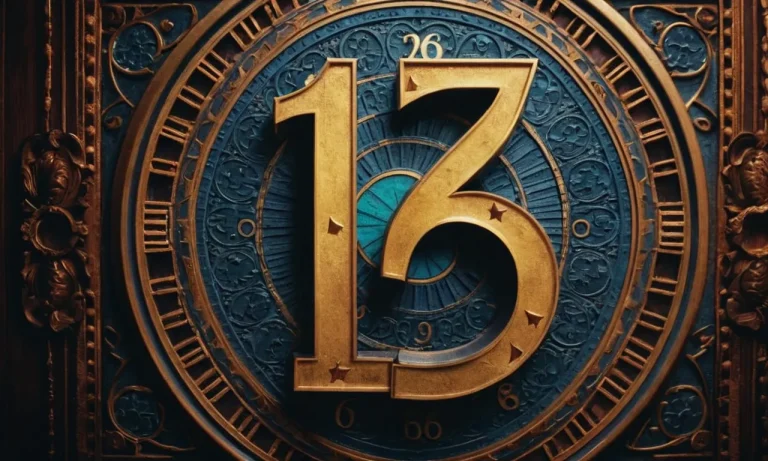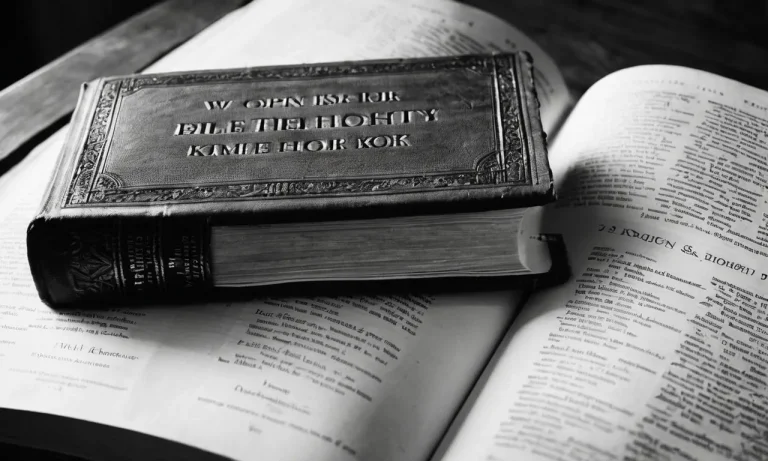How Nationalist Feelings Endangered The Austro-Hungarian Empire
The Austro-Hungarian Empire was a vast, multi-ethnic empire that existed from 1867 to 1918. However, the rise of nationalist movements among its many ethnic groups ultimately led to its demise.
If you’re short on time, here’s a quick answer to your question: The growth of competing nationalist movements among ethnic groups like Czechs, Slovaks, Hungarians, Croats, Slovenes, Poles and others created centrifugal forces that pulled the empire apart, leading to its dissolution after World War I.
In this around 3000 word article, we will analyze in detail how the awakening of nationalist identities and push for self-determination among the empire’s numerous ethnic minorities strained imperial unity, endangered stability, and contributed to the empire’s eventual disintegration.
The Ethnically Diverse Makeup of the Austro-Hungarian Empire
The Various National Groups and Their Homelands
The Austro-Hungarian Empire was made up of numerous ethnic and national groups that inhabited specific territories within the expansive empire. Some of the major groups included:
- Germans – Primarily located in Austria, German-speakers made up around 23% of the empire’s population.
- Hungarians – Residing mainly in the Kingdom of Hungary, Hungarians accounted for around 20% of the total population.
- Czechs – Inhabiting the region of Bohemia, Czechs constituted over 12% of the empire.
- Poles – Polish speakers living in Galicia made up over 10% of the Austro-Hungarian population.
- Croats – Resided along the Adriatic Coast and represented about 8% of the people.
- Serbs – Located in the south, Serbs were around 6% of the total.
In total it’s estimated the empire was made up of over 11 major ethnic/language groups.
Language Issues and Ethnic Tensions
This vast patchwork of different nationalities speaking different languages was a constant source of tension within the empire. Despite German and Hungarian being declared the official state languages, the non-German and non-Hungarian nationalities sought to promote and preserve their own native languages and cultural identities.
By the late 1800s, nationalist agitation was stirring among many of the ethnic groups, calling for greater autonomy, linguistic rights, and even independence. This was especially pronounced among the Czechs, Croats, Serbs and Poles.
According to the Fordham Modern History Sourcebook, by 1900 over two-thirds of the empire’s population were non-German and non-Hungarian minorities seeking greater rights and voice.
This growing nationalist discord and agitation among the many ethnic groups was one of the major centrifugal forces that ultimately led to the destruction and breakup of the Austro-Hungarian Empire after World War I.
The Rise of Competing Nationalisms
Growth of National Consciousness Among Major Groups
In the late 19th century, nationalist sentiments began to grow rapidly among the empire’s numerous ethnic and cultural groups. The largest groups demanding greater autonomy or independence included:
- Hungarians – As one of the core groups of the empire, Hungarians pushed back against Austrian dominance and wanted equal status.
- Czechs – Concentrated in Bohemia, Czech nationalists advocated for an autonomous Czech kingdom within the empire.
- Croats – Croatians in Hungary and Bosnia sought to unite with other South Slavic people in a semi-autonomous kingdom.
- Romanians – Romanians in Transylvania and Bukovina started movements to unite with Romania.
By the early 1900s, even smaller groups like Slovaks, Slovenes, and Serbs had developed distinct national identities and wanted more self-rule. This growth of competing nationalisms threatened the multiethnic fabric of the empire.
Calls for Greater Autonomy or Independence
The nationalist groups expressed their aspirations through political parties and cultural organizations. Their demands ranged from increased minority rights and self-government to outright independence.
In Hungary, Magyar nationalists wanted to make Hungarian the sole official language and limit minority rights. In response, Slovak, Romanian, Serbian and Croatian nationalists called for enhanced self-rule or separation from Hungary.
Czech nationalists established the Czech National Party in 1891 and openly advocated for an autonomous Czech entity. Polish and Ukrainian nationalists also grew more vocal in their demands.
By 1914, South Slavic nationalists had formed revolutionary groups like Young Bosnia and Black Hand. Their activities and assassination of Archduke Ferdinand in Sarajevo in 1914 set off World War I and the dissolution of the empire.
Impact on Austro-Hungarian Politics and Stability
Increasing Politicization of Ethnic Nationalism
As nationalist sentiments grew among the various ethnic groups of the Austro-Hungarian Empire in the late 19th and early 20th centuries, these feelings increasingly spilled over into the political arena.
The Empire contained dozens of different ethnic groups – Germans, Hungarians, Czechs, Slovaks, Poles, Ukrainians, Romanians, Croats, Serbs and more. As education spread and ideas of self-determination took hold, many of these groups began to demand greater autonomy or even independence from the Empire.
This growing ethno-nationalism posed a major challenge to the stability of the Austro-Hungarian state. Previously, the Empire had been held together in large part by the unifying authority of the Habsburg dynasty.
But as nationalist political parties and movements emerged, they threatened to tear the Empire apart along ethnic lines. For example, Czech nationalists established the Young Czech Party in 1874, promoting Czech nationalism and an independent Czech state.
The Party grew rapidly, winning Czech seats in the Reichsrat (Imperial Parliament). Other ethnic groups soon followed suit, establishing their own nationalist parties and cooperating across ethnic lines to challenge Imperial unity.
By 1907, over 95% of Reichsrat members belonged to ethnically-based parties rather than Empire-wide parties loyal to the Habsburg dynasty. This increasing politicization of ethnicity made it extremely difficult for the Imperial leadership to pass reforms or make compromises.
According to historian Pieter Judson, “After 1907 political violence combined with nationalist demonstrations became a staple of Habsburg public life.” The Empire was deadlocked and unable to adapt to rising nationalist pressures.
Threats to Imperial Unity
The rise of nationalist politics posed an existential threat to the unity and stability of the Austro-Hungarian Empire in several key ways:
- Nationalist parties obstructed the passage of government budgets and reforms, leading to paralysis in the Imperial Parliament.
- Ethnic groups made demands for autonomy or independence, seeking to break away from Imperial control.
- Cross-ethnic cooperation weakened the Imperial leadership’s ability to play groups off one another.
- Calls for self-determination often led to protests, unrest and political violence within the Empire.
According to historian John Deak, “After 1908, the nationalities – especially the Czechs, South Slavs, and Romanians – radicalized their programs, undermining loyalty to the state.” The Imperial leadership was unable to craft compromises between the competing ethnic groups.
This political fractionalization and rise of nationalist agitation increasingly destabilized the Empire in its final years before World War I, setting the stage for its eventual breakup.
Role in the Empire’s Demise After World War I
Wartime Pressures Exacerbate Tensions
The Austro-Hungarian Empire entered World War I in 1914 with significant internal tensions between the various ethnic and nationalist groups within its borders. Though the Habsburg rulers had managed to keep a lid on these tensions before the war, the strains of the four-year conflict exacerbated them greatly.
For example, many Czech and Slovak conscripts showed little enthusiasm for fighting fellow Slavs on behalf of their German and Hungarian rulers. Desertion rates were high among these groups. At the same time, food shortages and inflation due to the Allied blockade heightened discontent among minority groups and the urban working class.
Making matters worse, Emperor Franz Joseph died in 1916 after a 68-year reign, removing the one unifying force for the empire. His successor, Charles I, struggled to reconcile the demands of the many different ethnic constituencies.
Calls for autonomy and independence among groups like the Czechs and Southern Slavs intensified.
By 1917, armed conflict had broken out in places like Bohemia and Croatia as restive minorities grew more militant in their separationist demands. Though Charles tried to appease them with a manifesto promising autonomy, for many it was too little too late.
Postwar Independence Movements Finish Imperial Fragmentation
After the Central Powers surrendered in November 1918, the internal cracks in the empire reached the breaking point. Independence movements took advantage of the postwar chaos and uncertainty to declare autonomy, seriously eroding the coherence of the Austrian and Hungarian domains.
For example, on October 28, 1918, the Czechoslovak National Committee in Prague boldly declared the independence of the new nation of Czechoslovakia. Other regions like Galicia and Slovenia soon followed suit.
Hungary attempted to stake its claim as an independent state as well but had to contend with Romanian occupation of Transylvania and other lost lands.
The Austrian German-speaking rump state tried to negotiate to preserve some form of union, but the tide of nationalism could not be stopped. By September 1919, the Treaty of Saint-Germain had formally dissolved historic ties between Austria and Hungary, leaving two much smaller states in place of the former diverse empire.
In the end, calls for self-determination by disparate ethnic and national groups were simply incompatible with the antiquated imperial structure of the Habsburg realm. The stresses of World War I only accelerated the inevitable fragmentation.
As one historian put it, “the Monarchy collapsed under the weight of its own contradictions” rather than any one blow.[1]
Conclusion
In conclusion, the awakening of nationalist identities among the empire’s many ethnic groups was a key factor endangering the stability and ultimate viability of the Austro-Hungarian Empire in its final decades.
As calls for national self-determination grew stronger, the forces of centrifugal nationalist agitation pulled apart the fragile bonds holding this diverse, multi-ethnic state together. This complex interplay of rising minority nationalism and deteriorating imperial unity played a major role in the dissolution of the Habsburg realm after World War I.








